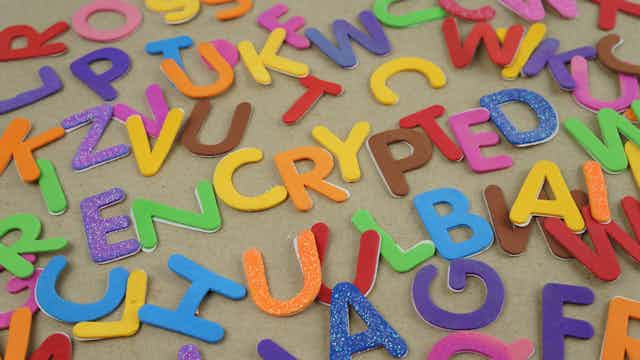The latest national report from the National Assessment Program – Literacy and Numeracy (NAPLAN) has led to yet another round of calls for the need to reform schooling practices.
This is typically construed as a debate between advocates of increased funding on the one hand, and those who decry how such increases have resulted in very little return.
This debate is neither edifying nor educative.
Poor results are generally associated with socioeconomic disadvantage, and resources are necessary to help redress such limitations.
At the same time, these resources need to be deployed carefully to maximise students’ learning.
It is also clear that quality teaching matters.
Instead of being enamoured of or despondent about standardised test results, we should look closely at how the data generated through these national and international tests has been developed – how data is actually deployed, and how various test results can be drawn on to make improvements.
How should we respond to test results?
This deployment of data needs to be undertaken cautiously.
Various forms of testing that reduce students’ knowledge, capacities, understandings and skills to a single number – or series of numbers – cannot of themselves help inform improvement.
They also cannot be used in isolation from actual teaching and learning practices.
The cultivation of professional learning on the part of teachers is essential.
This may be challenging at times and require a much more long-term approach than is associated with more typical educational policy cycles.
At present, there is a strong focus on – and history of – governing education through numbers, particularly standardised tests.
There is a tendency to rely on these numbers as the sole measurement for achievement, without taking into consideration the range of other influences (such as socioeconomic or geographical factors) that impact on educational attainment.
Teachers’ work and the effectiveness of their teaching is also measured through these numbers. This can result in a reliance on standardised test results to show how a teacher is performing, which minimises professional judgement and doesn’t really present a true picture of what is happening in the classroom.
When to use standardised testing
Standardised testing can be used much more productively. But for this to happen, it needs to be done in a context that values teacher judgement about their practice.
This involves fostering the conditions in which teachers can develop:
- subject matter knowledge
- understanding of how children best learn
- deep understandings of students’ existing knowledge
- perceptions of students’ own learning abilities
- understandings of culture
- ways of assessing students
It is also useful for teachers to collaborate with colleagues and talk about their students’ learning. This is done well by using specific samples of student work as evidence of this learning, and through developing an inquiry-oriented approach to better research their practice.
These approaches need to be continuous and ongoing. There needs to be support from bodies that are external to schools. Teachers also need to be supported so that they can develop a theoretical understanding of their practice.
Intensive and sustained professional development that focuses on the content of the subject that teachers teach is seen as being most effective – especially when it involves active learning and collective participation.
Such approaches value and validate teachers’ learning and can genuinely change education.
Of course, none of this is easy, but it is much more likely to lead to improved engagement and better student learning outcomes on a range of measures, including NAPLAN.

